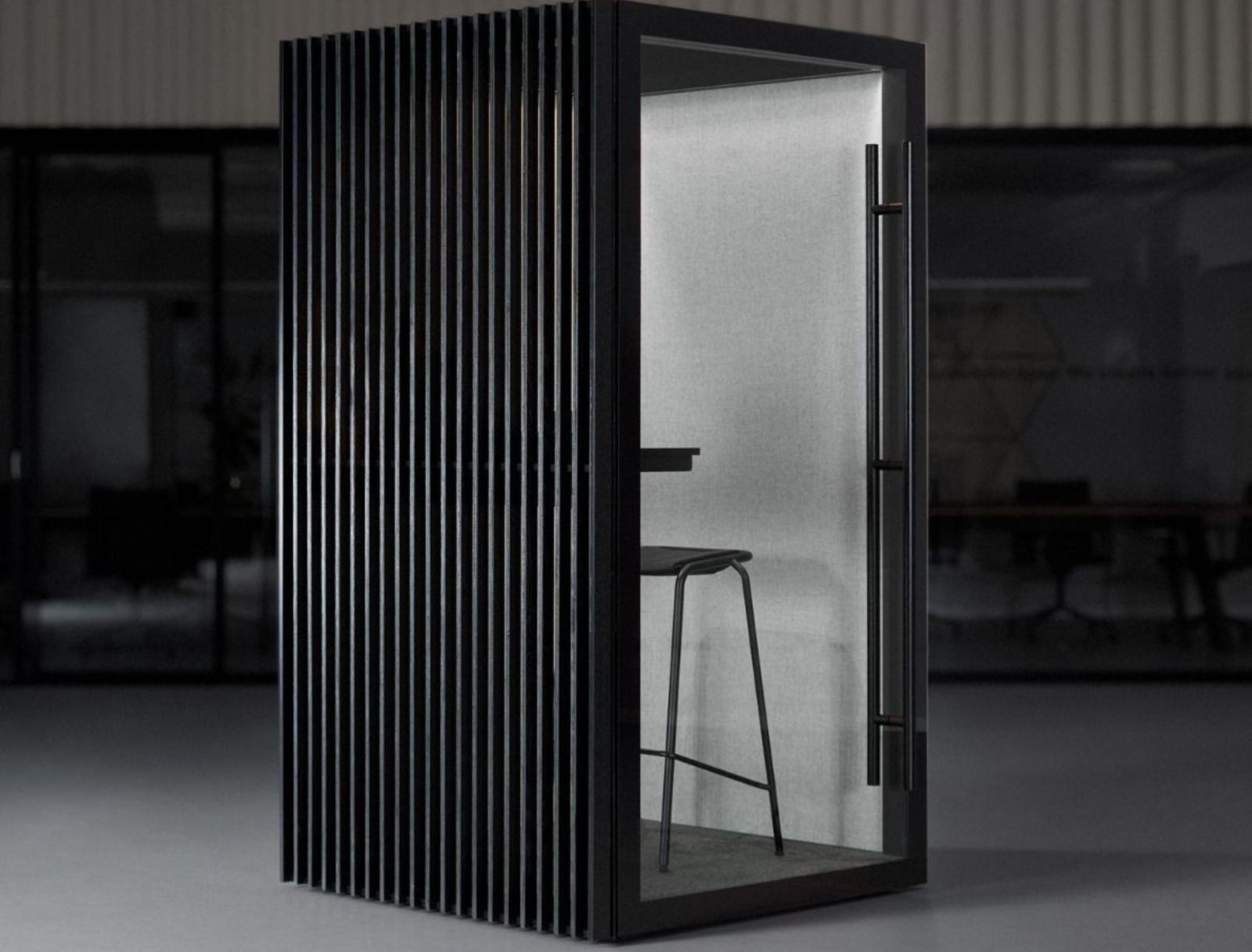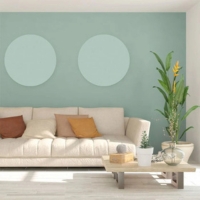
Only sustainable products
Configurable products
Installation available
Free acoustic advice
Enhancing Comfort in Open-Concept Homes with Acoustic Panels
Acoustic Panels & Solutions for Open-Concept Homes
Modern living has ushered in a multitude of design trends, one of the most prevalent being open-concept homes. These spaces offer a host of benefits including an abundance of natural light, improved sociability, and a perception of increased space. However, open-concept homes often come with an unseen challenge: managing acoustics. For the unacquainted, managing acoustics is more than just controlling the echo in a room, it's about creating an environment that promotes privacy and comfort.
"How do you reduce noise in an open concept house?" is a common question we hear at Sonio. Let's dive into some strategies and solutions to tackle this challenge head-on.
What are Acoustic Panels?
Before we jump into solutions, it's important to understand the fundamentals. Acoustic panels are designed to improve the sound quality within a space. These panels work by absorbing sound waves, reducing echo, and creating a more serene environment. The concept of acoustic panels might seem technical and fit only for professional settings, but they are equally useful in domestic environments.
Understanding how acoustic panels work can help you better navigate the options available and find the solution that suits your needs. In essence, they absorb sound waves that would otherwise bounce off hard surfaces, reducing echo and ambient noise.

Acoustics are crucial to open plan office design - so why isn't it considered during open plan home design?
The Importance of Acoustics in Open-Concept Homes
In open-concept homes, sound has free rein to bounce off hard surfaces and echo throughout the space. This is often experienced when having a conversation, watching TV, or simply when appliances are in use. The noise can easily carry across the home, reducing privacy and causing potential discomfort.
The importance of acoustics in home design extends beyond the concept of noise reduction. It's about creating an environment that enhances our daily life. Proper acoustics can promote tranquillity, improve focus, and even elevate the enjoyment of entertainment systems.
Reducing Noise in Open Areas
There are numerous ways to reduce noise in open areas. Among the most effective solutions is the use of acoustic panels. You may wonder, "How can I improve my acoustics in an open-plan office or in an open-concept home?" Our range of acoustic panels provide a variety of options to help.
Acoustic panels can be wall-mounted, suspended from the ceiling, or even serve as stylish room dividers. You can customise them to fit the aesthetics of your home, making them not only functional but also a piece of decor.
To mitigate sound transmission from one space to another, you can strategically place acoustic screens to create subtle partitions without compromising the open-plan aesthetic. These screens will absorb and reduce sound transmission, helping to create zones of privacy within the broader open-concept space.
Addressing Ambient Noise
Reducing ambient noise in your home can make a significant difference in your comfort and focus. Consider the background noise produced by household appliances, air conditioning, or even outdoor traffic. This ambient noise can be distracting, especially in open-concept spaces where sound travels freely.
Acoustic solutions like ceiling panels can be a valuable addition to combat this issue. Being positioned above, they are able to capture and absorb sound waves that typically bounce off hard ceilings, thereby reducing the overall noise level in the space. And the best part? They blend seamlessly into your interior design, keeping your home looking stylish and modern.
If you have a particularly high level of ambient noise, consider using sound masking to drown out these frequencies.

Try sound masking to cover up noise from next door.
Empty Room Challenges
An empty or minimally furnished room tends to produce echo and reverberation, making it seem noisier. If you're wondering, "How can I make an empty room less noisy?" you might want to consider introducing furniture and soft furnishings, such as rugs and curtains, to help absorb some of the sound. However, for a more effective solution, consider incorporating acoustic panels into your design. They will not only reduce noise but also add an aesthetic appeal to the room.

Blocking Noise on Shared Walls
Shared walls in duplexes or apartments can be a source of noise disruption. If you find yourself asking, "How do I block noise on a shared wall?" then acoustic panels might be the answer you are looking for. Wall-mounted panels can be used on shared walls to minimise noise transmission. They can be tailored to match your interior design, making them a stylish yet functional addition to your space.
Soundproofing Against Outside Noise
It is also possible to soundproof a house from outside noise using acoustic panels. This is particularly beneficial if you live in a busy urban area or near a busy road. Exterior noise can be intrusive, but with the right acoustic solutions, you can significantly reduce the amount of noise entering your home.
Reducing Impact Noise from Upstairs Floors
Upstairs noise, particularly impact noise like footsteps, can be quite disruptive. While floor rugs and soft furnishings can help, you may want to consider soundproofing solutions like underlay or floating floors. If the noise is a continuous problem, you might also consider acoustic panels in the ceiling of the room below.
In Conclusion
Acoustics play a pivotal role in how comfortable and enjoyable our living spaces are. With the right acoustic solutions, you can significantly enhance your open-concept home's sound quality and overall atmosphere. At Sonio, we offer a variety of acoustic panels suitable for numerous applications.
Whether you're trying to block out noise on shared walls, reduce ambient noise, or improve the acoustics in an open area, we have the solutions and expertise to help. Remember, sound management in your home is not just about tranquility; it's also about privacy, comfort, and enhancing your overall living experience.
[related_products is_auto_added="1"]
 Acoustic Wall Panels
Acoustic Wall Panels  Acoustic Ceiling Panels
Acoustic Ceiling Panels  Acoustic Ceiling Baffles
Acoustic Ceiling Baffles  Acoustic Screens
Acoustic Screens  Acoustic Fabric
Acoustic Fabric  Acoustic Lighting
Acoustic Lighting  Acoustic Booths and Pods
Acoustic Booths and Pods  Acoustic Panel Accessories
Acoustic Panel Accessories 
































